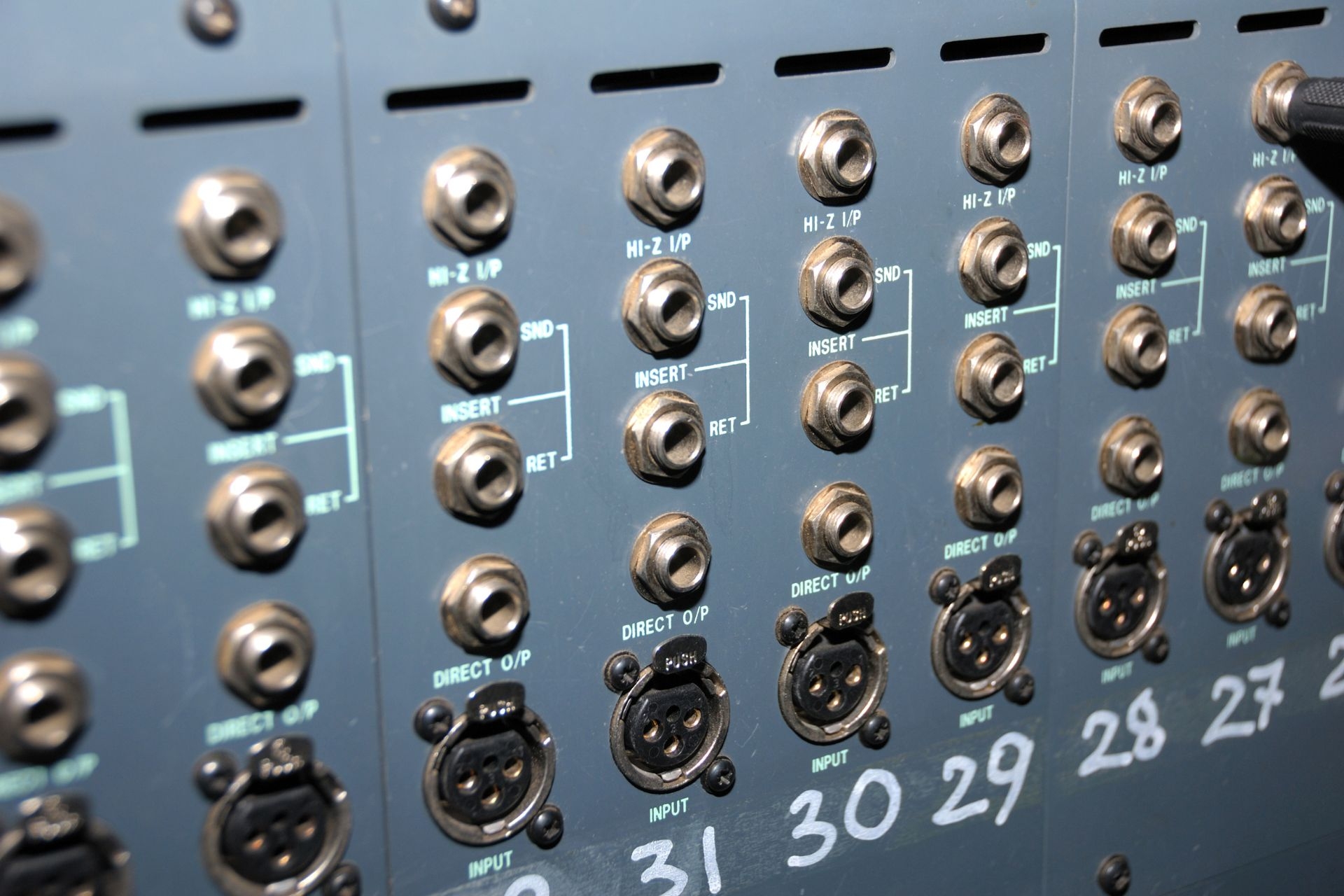Spectral Subtraction Methods
How does spectral subtraction work in the context of noise reduction in audio signals?
Spectral subtraction works by estimating the power spectral density of the noise in an audio signal and then subtracting this estimated noise spectrum from the original signal spectrum to enhance the signal-to-noise ratio. This method is based on the assumption that the noise is stationary and can be modeled accurately. By removing the noise component from the signal, spectral subtraction can effectively reduce unwanted background noise and improve the overall quality of the audio signal.
Digital Signal Processing Techniques for Noise Reduction Used By Pro Audio and Video Engineers



